How To Explain Periodontal Disease To A Patient
How to explain periodontal disease to a patient. Red and irritated gums are a good indicator that gum disease is present. Most patients with moderate to severe periodontal disease. The reasons for this are multi-factorial and complex but may include both practitioner and patient factors.
Discuss the patients medical history. Gum disease periodontal disease is a general term given to an infection or inflammation of the tissues that surround the teeth. After meeting your hygienist they explain that they will be charting numbers around your teeth to check the health of your gums.
There are some signs to look for that indicate a patient may have periodontal disease and these should be explained as well. Highlight significant risk factors for periodontal disease progression such as. Your hygienist will mention to you that they like 12 and 3s as that is what you can reach with your Sonicare and Waterpik at home.
Successful treatment of periodontal disease is what hygienists advocate for every single patient struggling with periodontal disease. Explain that you are looking for. Defining a treatment plan for the periodontal patient is a process that requires the assessment preventive therapeutic and evaluative skills of the dental hygienist and the dentist.
Perform a comprehensive periodontal evaluation. The good news is with periodontal treatment periodontitis can be halted and maintained. Most patients that have the periodontal disease do not even know it since the symptoms are not always obvious.
Periodontal disease which is often called gum disease is amongst the most common problems that dentists deal with. Symptoms of periodontal disease include dgums that are red and swollen and bleed easily for example when you brush or clean between your teeth. A patient may develop gum inflammation as a result of biting down on a hard bagel and causing temporary injury to the tissue.
Gum disease is also known as periodontal disease and is common in adults. Periodontal disease also known as gum disease is a serious inflammatory disorder that left untreated can lead to tooth loss.
If left un - treated periodontal disease can damage the tis-sues that support your teeth even the bone.
The Patients Guide to Periodontal Disease. Gum disease is also known as periodontal disease and is common in adults. If left un - treated periodontal disease can damage the tis-sues that support your teeth even the bone. Once bone and tissue break down it doesnt grow back. Periodontal disease also known as gum disease is a serious inflammatory disorder that left untreated can lead to tooth loss. The Patients Guide to Periodontal Disease. Patients with moderate to severe periodontal disease with considerable variation evident across Health Boards. The word periodontal literally means around the tooth Periodontal disease is a chronic inflammatory disease that affects the gums and bone supporting the teeth. There are some signs to look for that indicate a patient may have periodontal disease and these should be explained as well.
The word periodontal literally means around the tooth Periodontal disease is a chronic inflammatory disease that affects the gums and bone supporting the teeth. Periodontal disease can develop. WHAT WILL HAPPEN IF I DEVELOP PERIODONTAL DISEASE. Explaining that the bacteria that cause gum disease is linked to the development of cancer cells in the lungs can help patients understand that periodontal disease stretches far beyond just the mouth and that eliminating this bacteria is in their best interest. Most patients that have the periodontal disease do not even know it since the symptoms are not always obvious. Your hygienist will mention to you that they like 12 and 3s as that is what you can reach with your Sonicare and Waterpik at home. The reasons for this are multi-factorial and complex but may include both practitioner and patient factors.





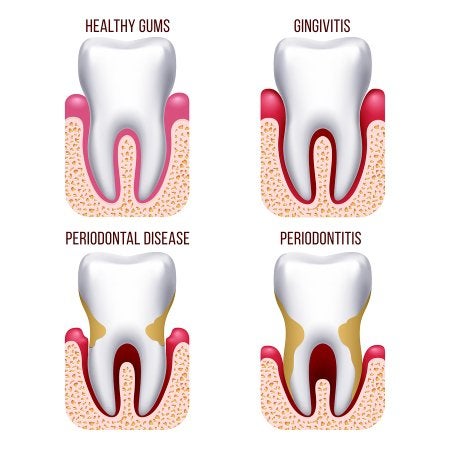




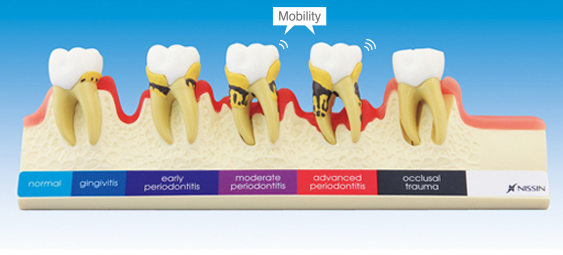
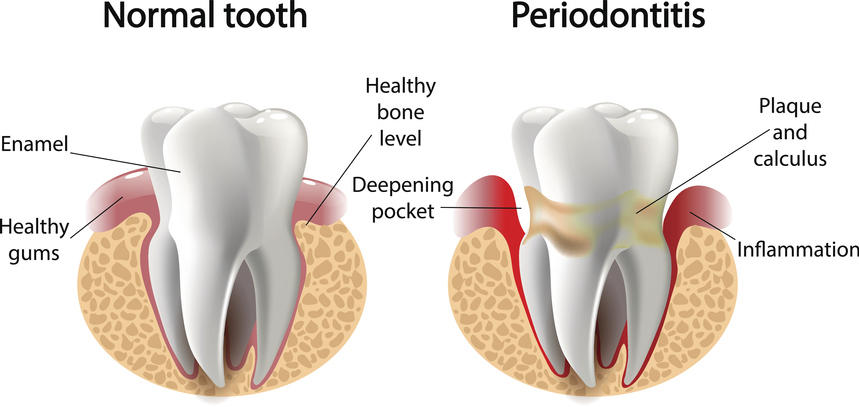

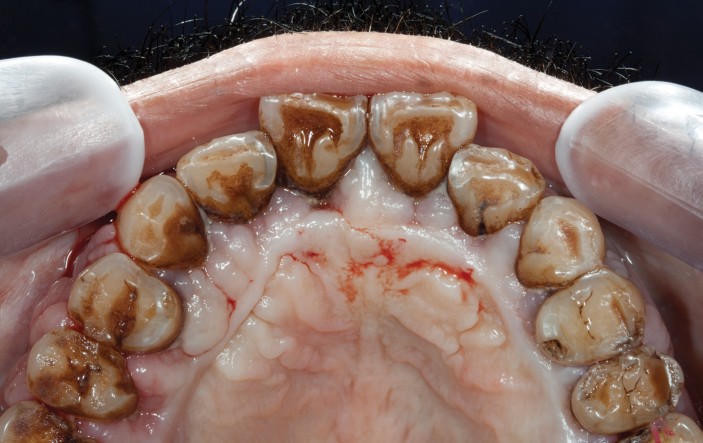



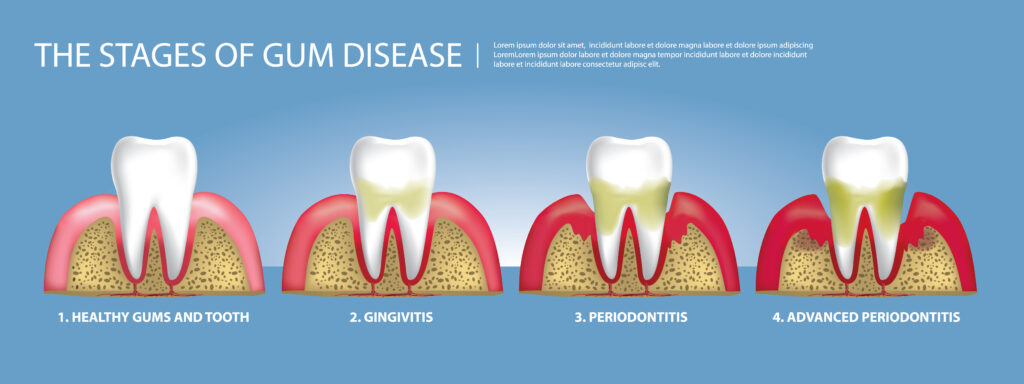





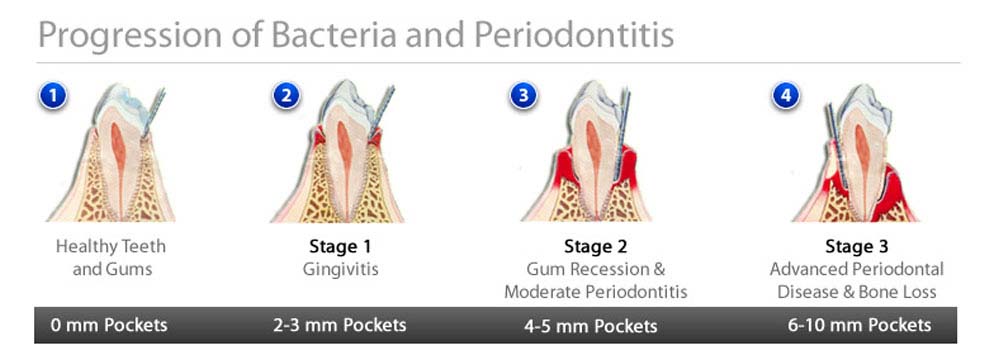

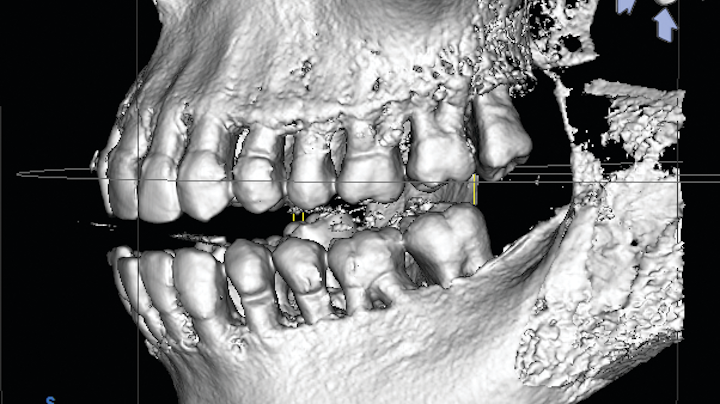
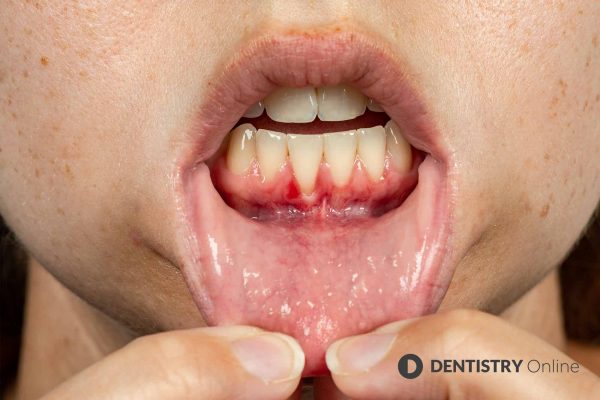
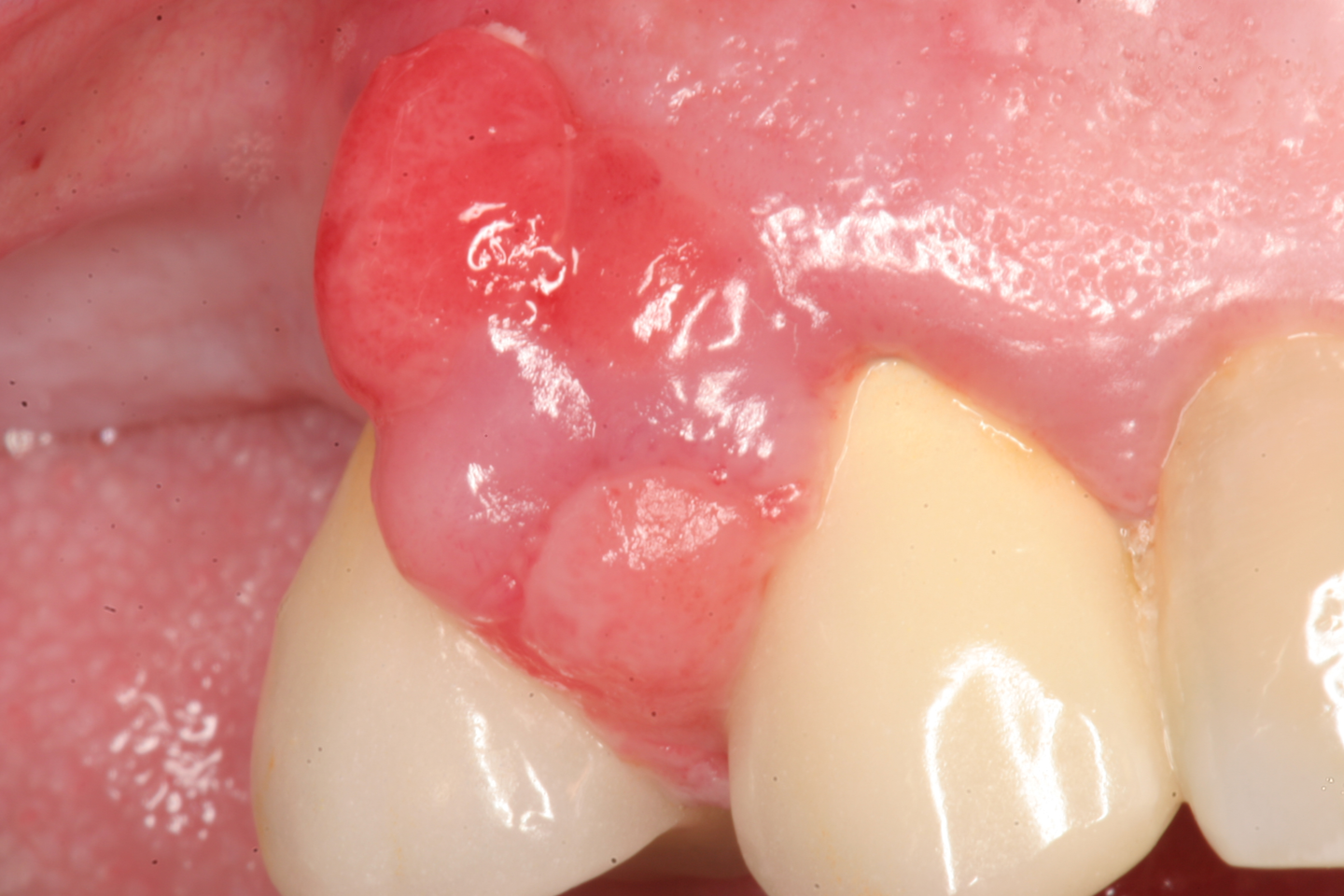


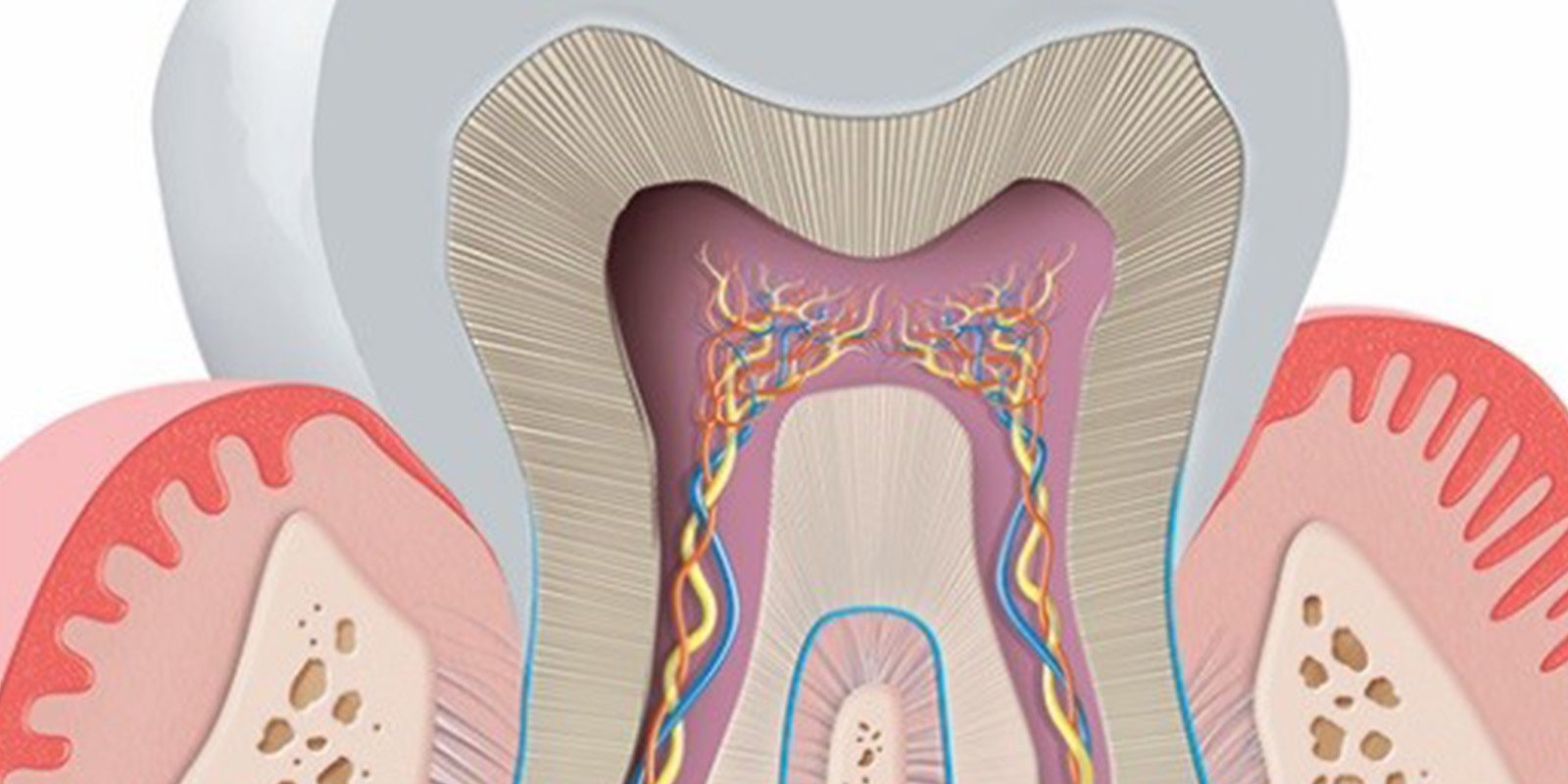
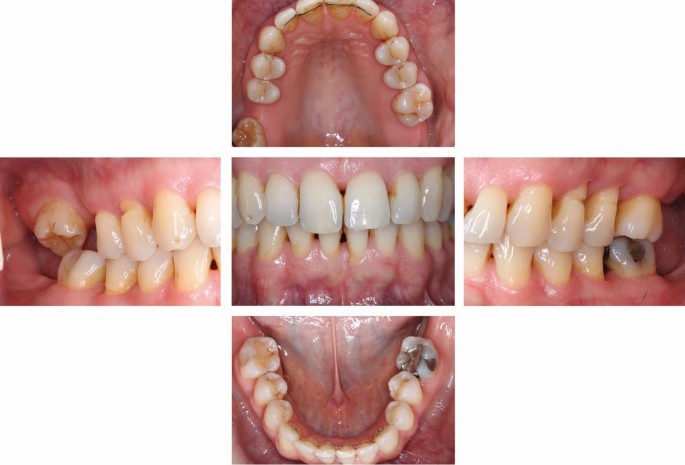
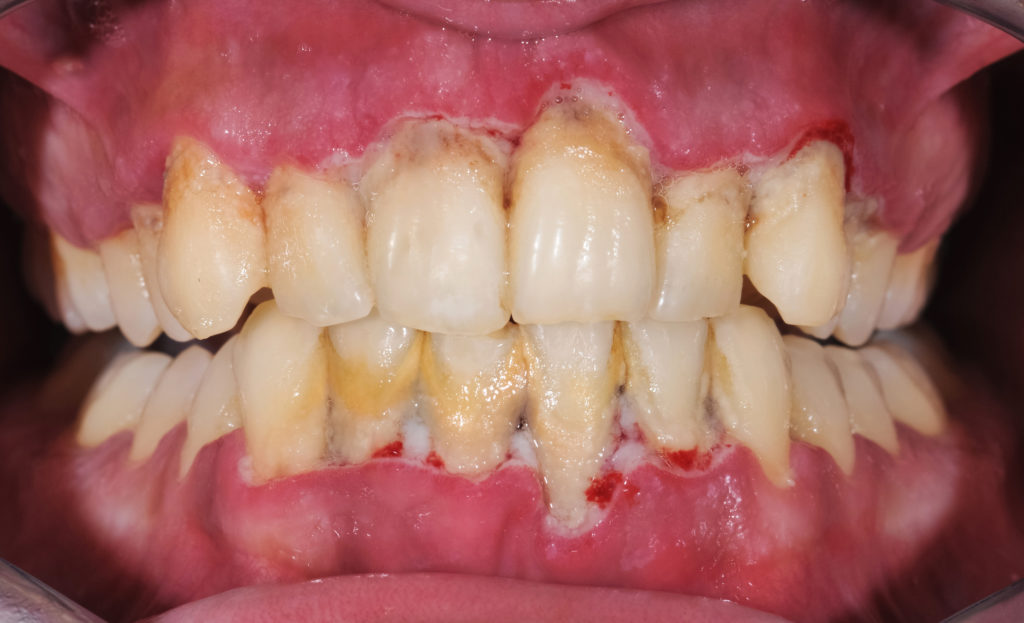

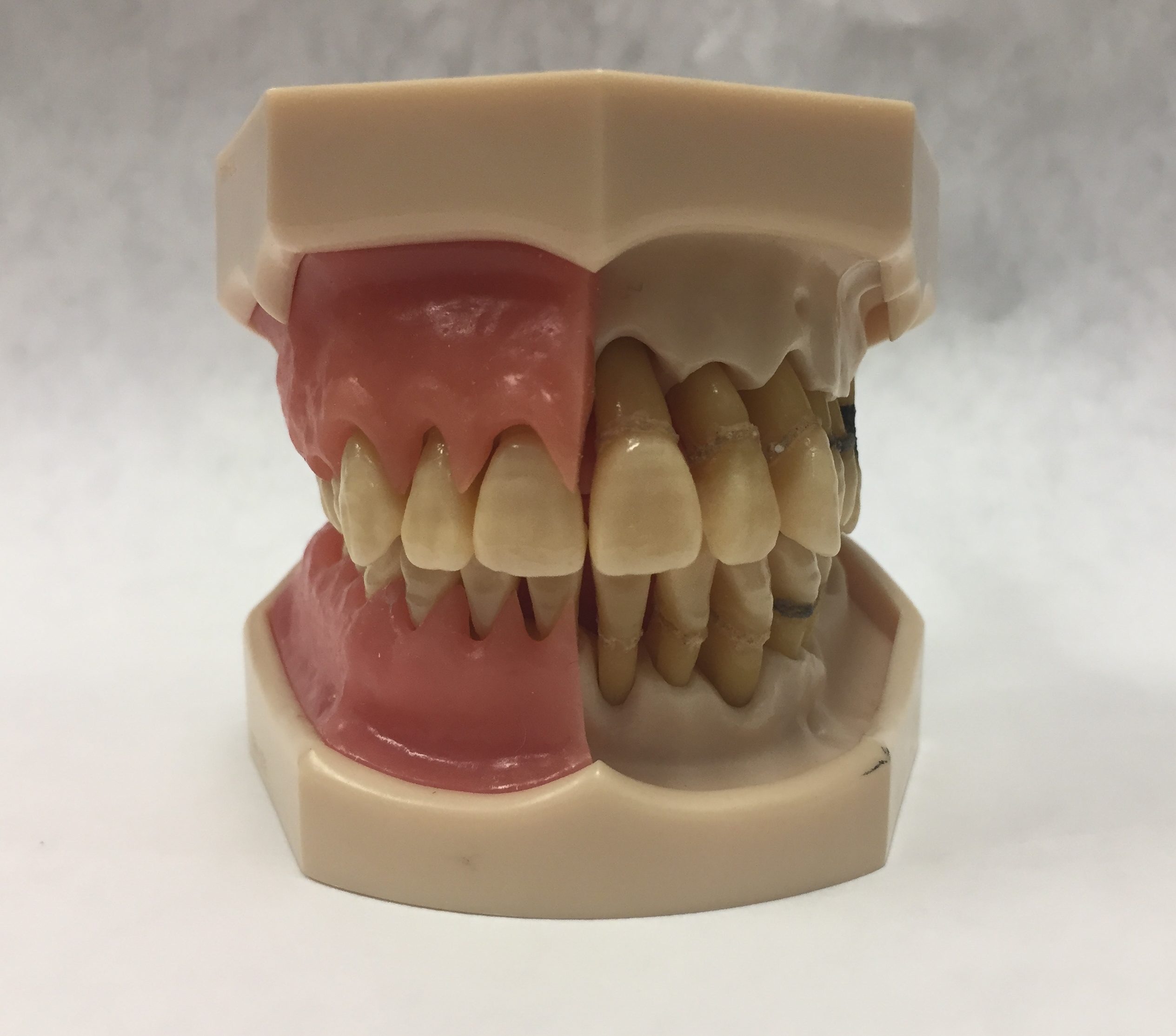
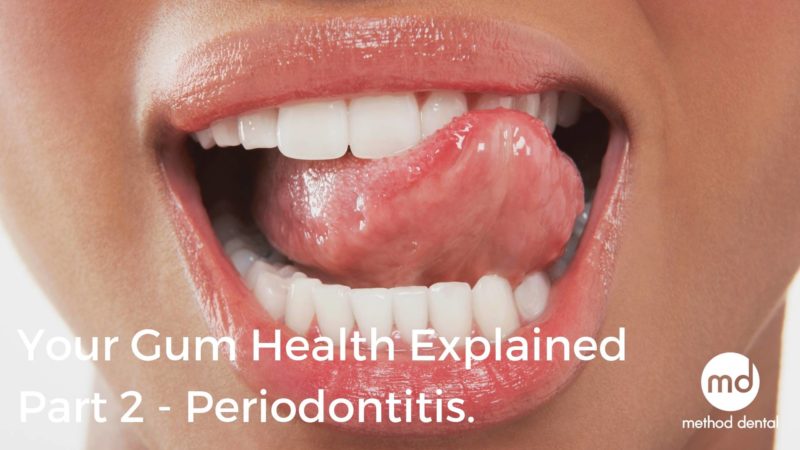

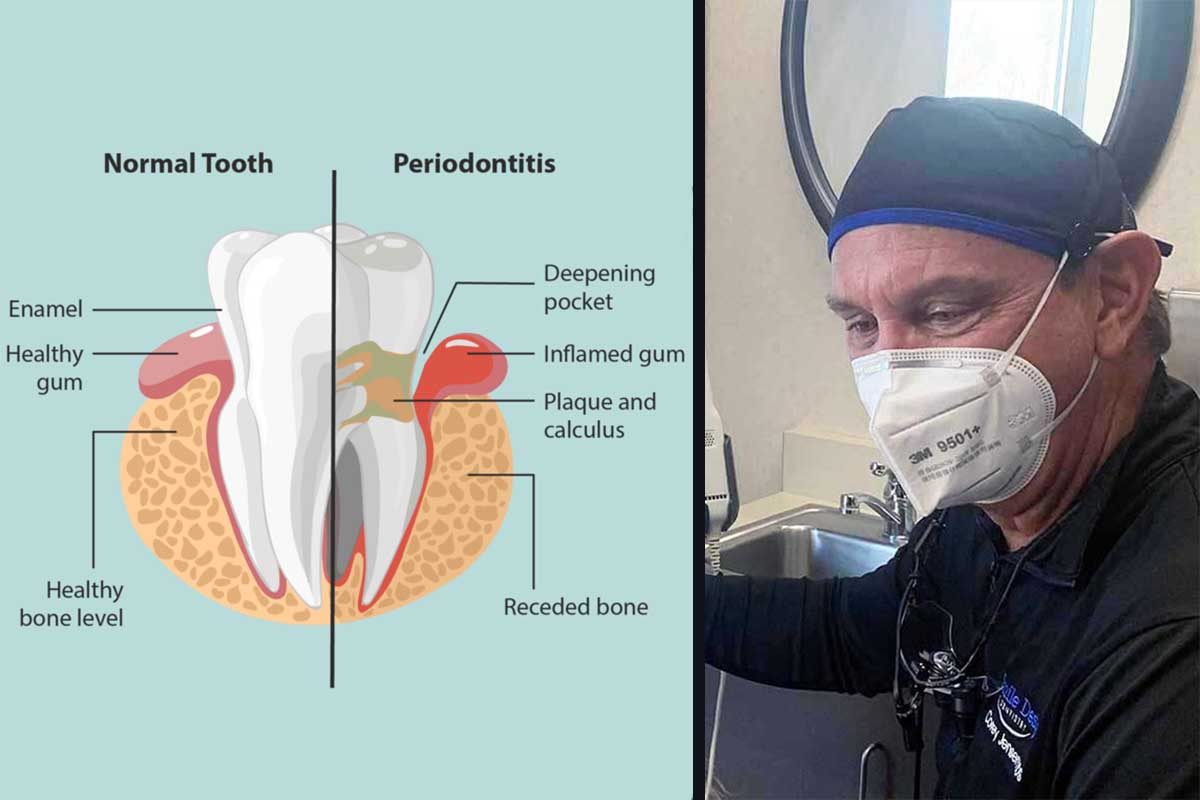
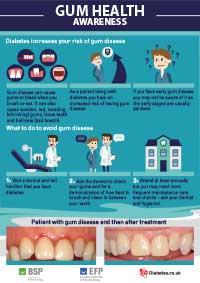

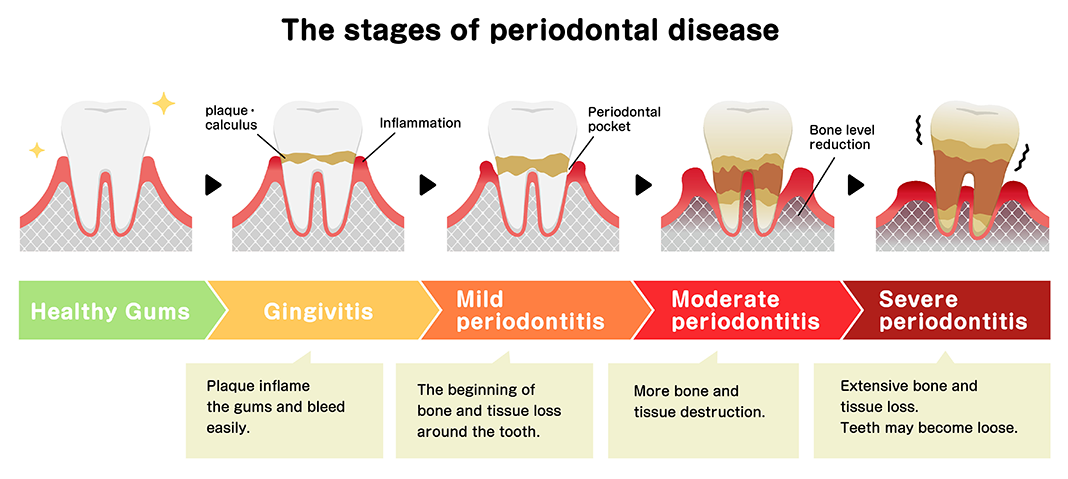



Posting Komentar untuk "How To Explain Periodontal Disease To A Patient"